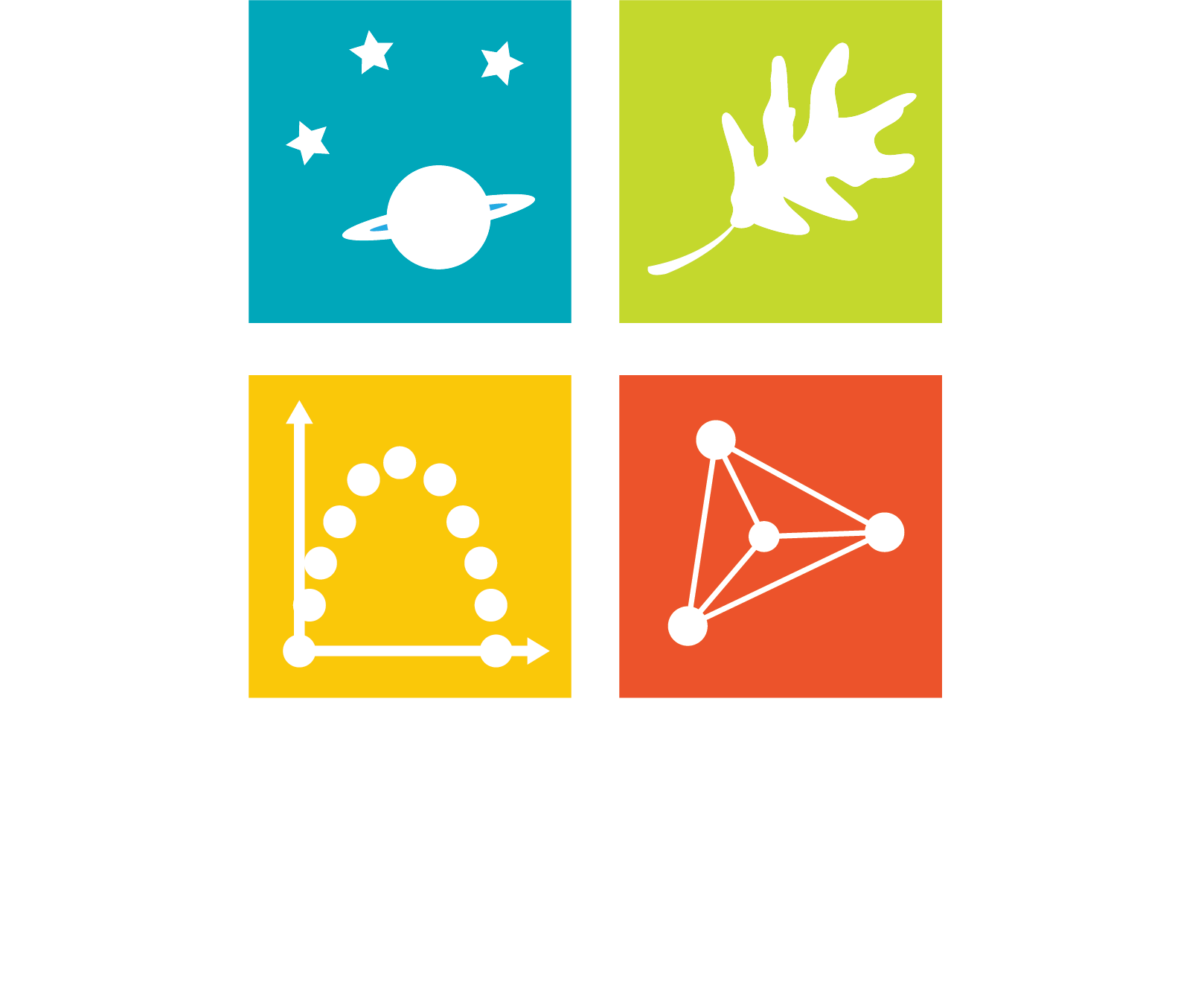The Synergy of Art and Science with Gary Raham
The Synergy of Art and Science with Gary Raham
By Victoria Jordan

Your inner artist wants to meet your inner scientist. Won’t you invite them to come out and play?
WHY BOTHER?
Scientists who understand the synergy of art and science tend to be more imaginative and creative in thinking about solutions to tasks and world problems. The Apollo moon missions were inspired by science fiction writers dreaming about space travel. HG Wells’ aliens in the War of the Worlds were defeated not by human military forces, but by bacterial infections that wiped them out; a pandemic scientist’s nightmare. Scientists are often drawn to their fields by the creative wonder of science fiction or an inspirational piece of art that is based, in part, on science fact. Gary Raham is a master of both.
GARY RAHAM EXPLAINS HOW
Gary Raham, a Northern Colorado artist/scientist/author, has been gifting his skills to our community for decades. Gary writes both science fiction and non-fiction, illustrating both with remarkable images that spark imagination and curiosity. You can find a number of his works on his website (https://www.rgaryraham.com). He leads trips and hosts workshops as a Master Naturalist with Larimer County, and encourages participants to engage all of their senses when observing nature. Gary suggests keeping a naturalist’s notebook to awaken and nurture your inner artist.
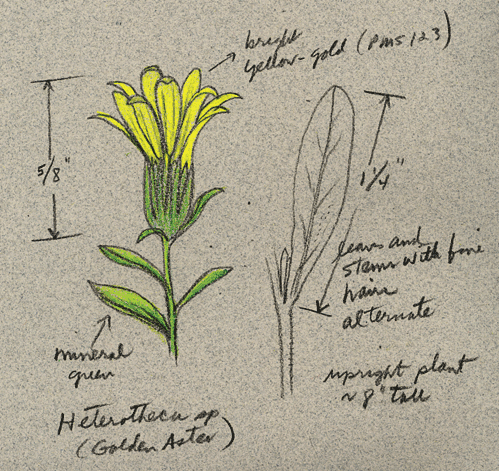
Don’t be afraid to make drawings that are not perfect renditions of what you see. Start somewhere! The important thing is to pay attention to the details. Does that flower have 4, 5, or 6 petals? Do the stamens rise above the petals, or are they below the pistil? You don’t have to be able to name something in order to sketch it. Did that beetle rise vertically off of the ground, or did it take off parallel to the ground? What did the beetle sound like as it flew away? Notice the behaviors and jot them down. What odors are present on the forest floor? How does that odor differ from the algae in the creek? If your notebook is full of these sensory details, when you read your journal years from now your memory will be enhanced, helping to transport you back to that place and time.
ENGAGE POWERS OF TEN THINKING
Another way to rouse your inner artist is to think about your surroundings in powers of ten. Focus on something, and then change your perspective by factors of ten (x10 or x10-1). For example, if you are examining a rock, by shifting your focus x10, you will bring your eye up to the landscape. You may then notice that you can see tilted layers in the hogback in the distance. Conversely, if you see some bright yellow splashes on a log, concentrate on the world at 1/10th your size (10-1), and you may notice sporocarps on a slime mold.
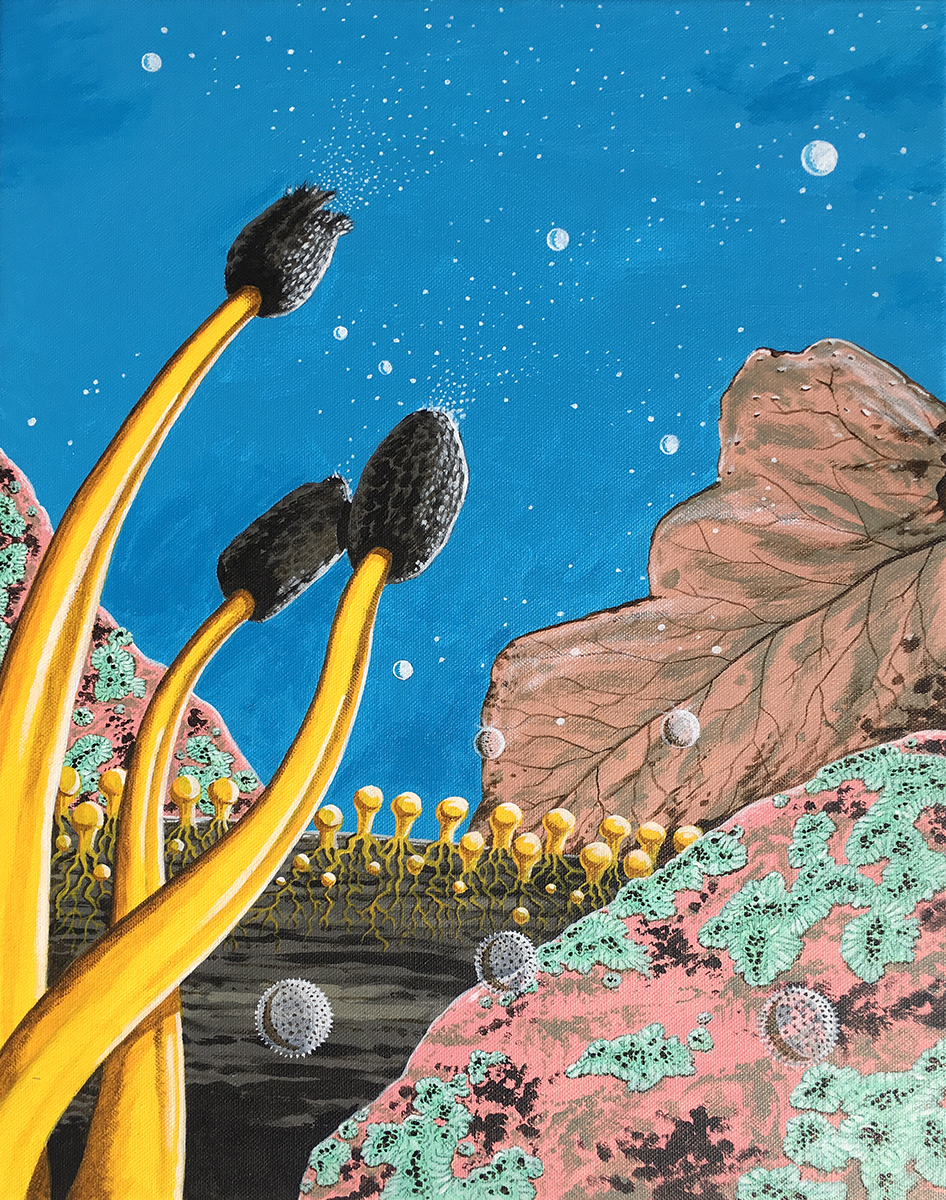
By altering your perspective, you can offer a new perspective to your work and to the way you are thinking about your projects. This can inspire creative ideas and refresh your own curiosity.
ASK, “WHAT IF?”
Scientists who ask, “What if?” questions also increase their creativity and curiosity. This is another way to engage your inner artist. Gary wrote a science fiction trilogy where he asked, “What if an asteroid impact destroyed human civilization?” In his books, humans were set back to nearly stone age technology, paving the way for an alien race to move in and make humans their pets. By staying true to the scientifically verified facts, his aliens and the new world are both believable and fun. His illustrations make it all come to life. You don’t have to write a science fiction novel in order to be inspired into new ways of thinking by “What if?” questions in your field.
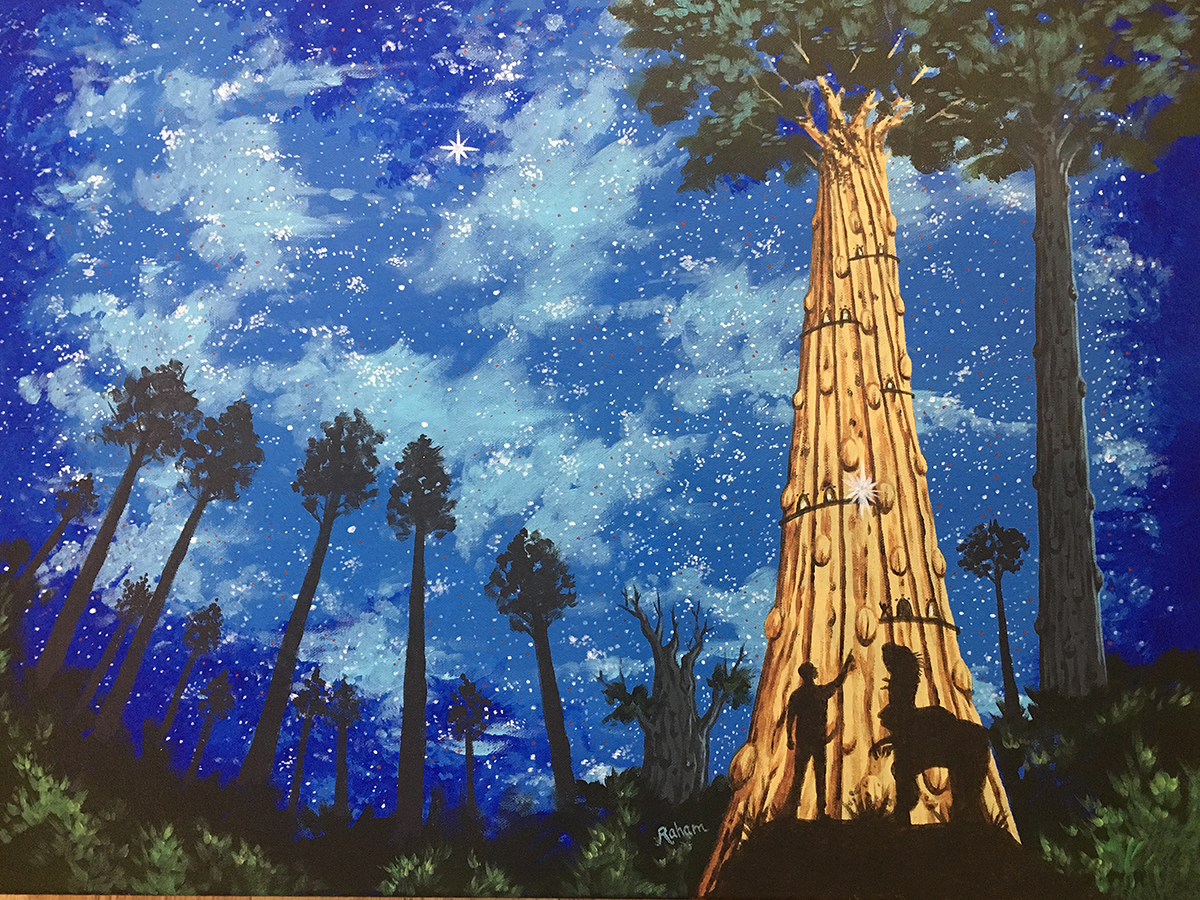
In another illustrated science fiction novel, The Deep Time Diaries, Gary transports a family back to prehistoric times. As the family uses the time machine to jump between the Cenozoic, Mesozoic, and Paleozoic eras, they explore the very real prehistoric plant and animal communities in each time period.
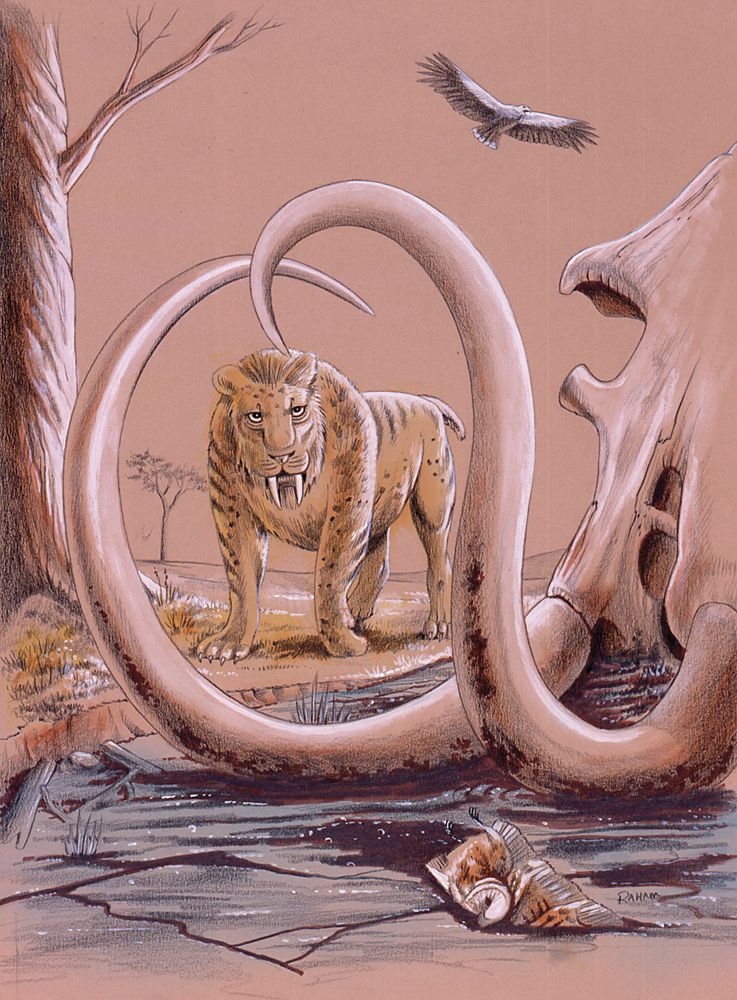
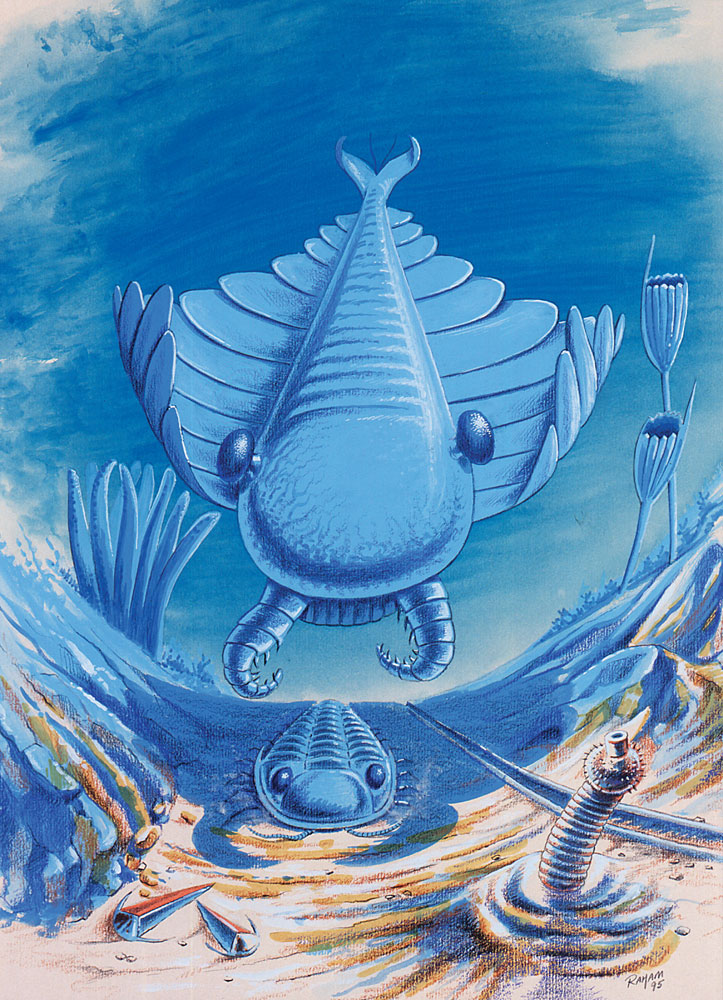
Middle school classrooms around the country have used this novel to study geologic time and the evolution of life while creating opportunities for students to collaborate across the disciplines of science, English, and art. This collaboration has been one of Gary’s most influential methods of motivating future scientists as well as scientific illustrators.
INCREASE THE “A” IN STEAM
Scientists and students do not need to fear the inclusion of art in their work. By merging art and science, innovation is often the result. What can you do to increase the “A” in STEAM?
- Know what to look for. Each discipline has different details. Become well versed in the details of your discipline, and then really look to see specifics.
- Make detailed drawings, even if you are uncomfortable doing so.
- Practice makes perfect. Draw something every day.
- Sign up for one of Gary’s workshops through the Larimer County, Colorado Master Naturalist program. (https://www.larimer.org/naturalresources/education)
- Check out the STEAM kits from our lending library at the EOC. (https://www.cns-eoc.colostate.edu/) Every kit includes a journaling expectation, offering opportunities for students in grades 6-12 to practice not only the scientific process with data collection and analysis, but also sketching experiments and scientific samples.
